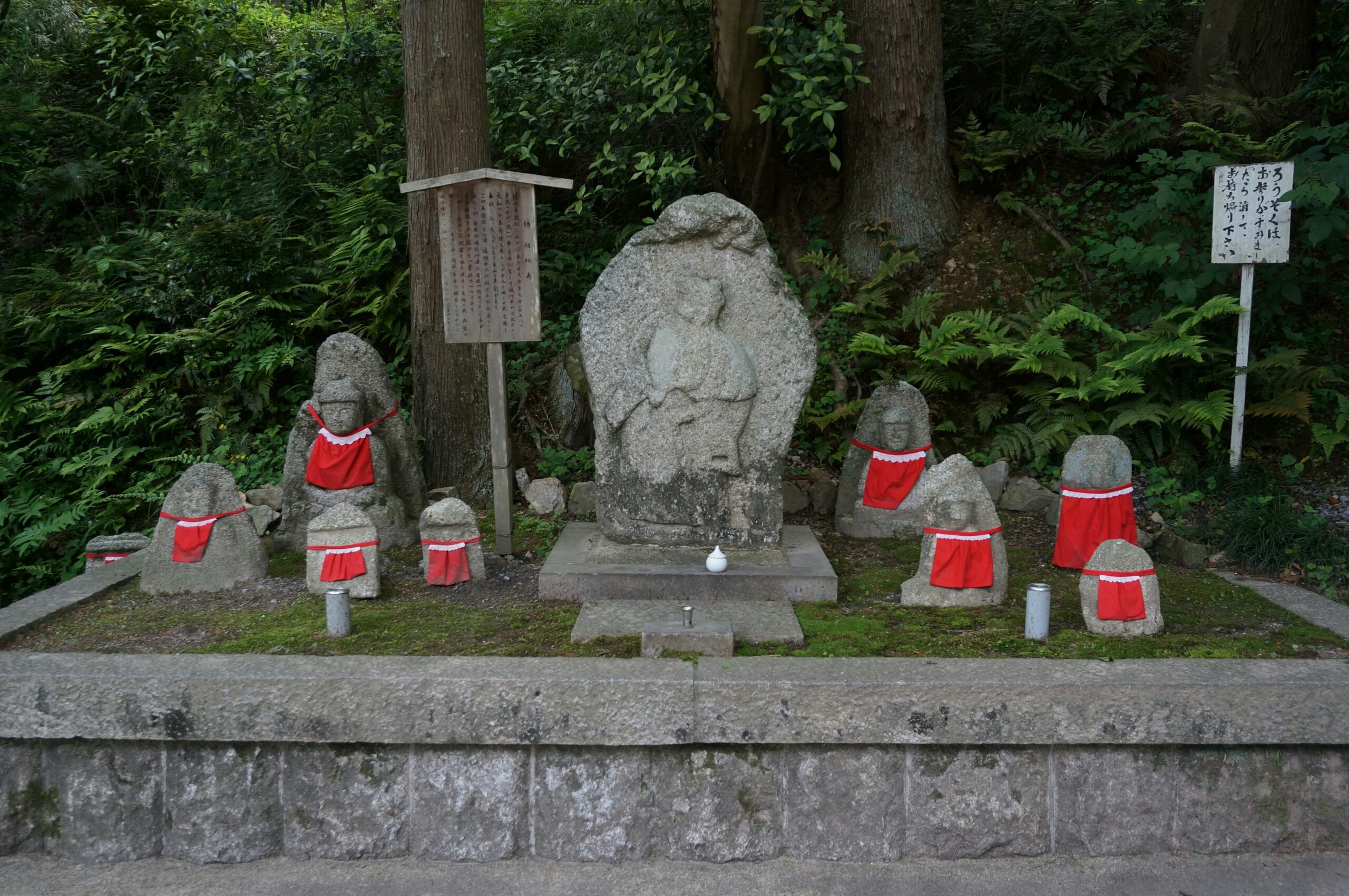In the quiet halls of ancient temples and the moss-covered paths of shrines, Japan’s sculptures stand in still silence—but their meanings speak volumes. More than decorative or devotional objects, these figures embody centuries of spiritual practice, cultural heritage, and artistic philosophy. In this article, we explore the symbolic layers within Japanese sculptural art, tracing how form and gesture become vessels of sacred expression.
Buddhist Influence on Japanese Sculpture
Sculpture in Japan cannot be fully understood without acknowledging the deep imprint of Buddhism, which arrived from China and Korea during the 6th century. As Buddhism took root, so too did its iconography—most prominently in the form of Buddha statues, Bodhisattvas, and Arhats (Rakan). These figures are not simply representations of deities; they are visual teachings, conveying core ideas of compassion, wisdom, and liberation.
For instance, the seated Amida Buddha often appears with hands forming the mudra of meditation, symbolizing inner balance and spiritual awakening. The Kannon Bodhisattva, a figure of mercy, is depicted with a serene expression and flowing garments, embodying the gentle power of compassion. Each detail, from posture to adornment, is a deliberate symbolic choice aimed at guiding the observer toward spiritual contemplation.
The Guardians of Sacred Spaces: Nio and Komainu
While some sculptures soothe, others protect. At the gates of many Buddhist temples stand the Nio—muscular, fierce guardian statues. These paired figures represent dual forces: one with an open mouth (symbolizing “ah”, the beginning) and one with a closed mouth (symbolizing “un”, the end). Together, they encompass the totality of existence, offering not only physical protection but also a metaphysical reminder of life’s cycle.
Similarly, Komainu, the lion-dog guardians found at Shinto shrines, stand as protectors of sacred space. Their snarling expressions and poised stances serve as spiritual sentinels, warding off evil and signaling the transition from the mundane world into a realm of reverence.
Symbolism in Form and Gesture
Japanese sculpture communicates not through words, but through form, gesture, and subtlety. The mudras—hand gestures—play a critical role in this symbolic language. A hand raised in the Abhaya mudra indicates fearlessness and reassurance. A hand touching the earth in the Bhumisparsha mudra recalls the moment of Buddha’s enlightenment.
Even the positioning of the eyes, the angle of the head, and the slight incline of a shoulder can carry meaning. These details invite quiet reflection, encouraging the viewer to not just see, but to feel the presence and intention of the sculpture.
Materials and Aesthetic Philosophy
The materials used—wood, bronze, stone, or lacquer—are not merely functional but resonate with the aesthetic philosophies of Japan. Many sculptures exhibit the principles of wabi-sabi: the beauty of imperfection and impermanence. Cracks in wood or weathered surfaces are not flaws but reminders of time’s passage and nature’s truth.
The sense of yūgen, or mysterious profundity, also permeates Japanese sculpture. It is the quiet power that lies beneath the surface, the unseen energy that gives even a motionless figure a living presence. Sculptors throughout Japanese history have embraced restraint, allowing the sculpture to whisper rather than shout.
Modern Interpretation and Artistic Legacy
Today, the legacy of Japanese sculpture continues to influence both traditional and contemporary artists. Modern sculptors reinterpret ancient forms with new materials or place traditional figures in unexpected settings. The spiritual symbolism remains relevant, offering a grounding force in an increasingly fast-paced world.
In museums and public spaces across the globe, Japanese-inspired sculptures evoke quietude and reflection. Their influence extends into architecture, installation art, and even digital media—testament to the enduring resonance of symbolic form.
Conclusion
In Japanese culture, sculpture is more than an object; it is a bridge between the visible and the invisible, the human and the divine. Through subtle form, symbolic gesture, and timeless aesthetic, these artworks offer not only beauty but wisdom. As we stand before them, we are invited into stillness—into sacred contemplation.




